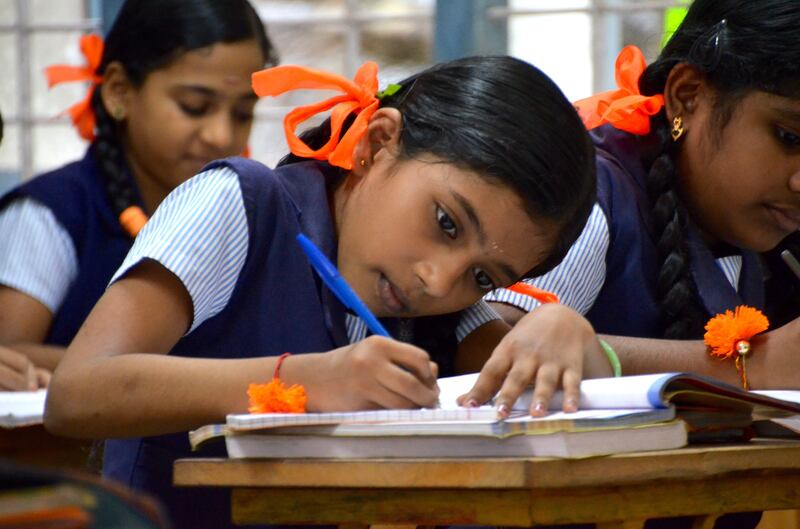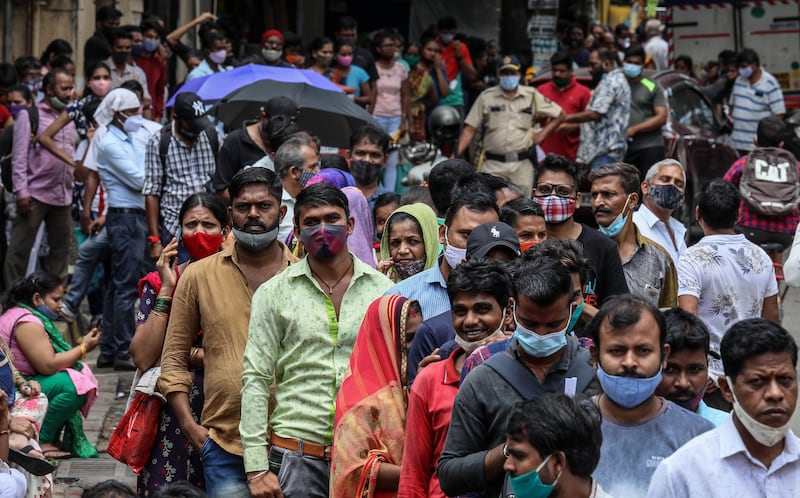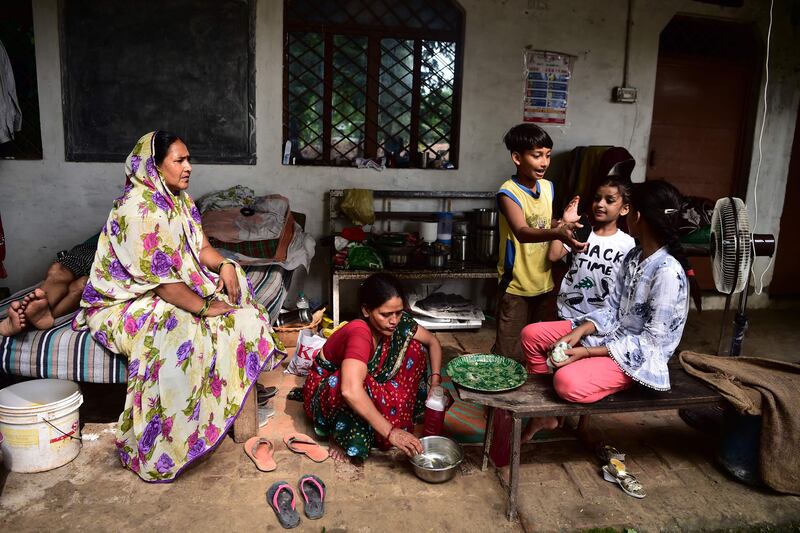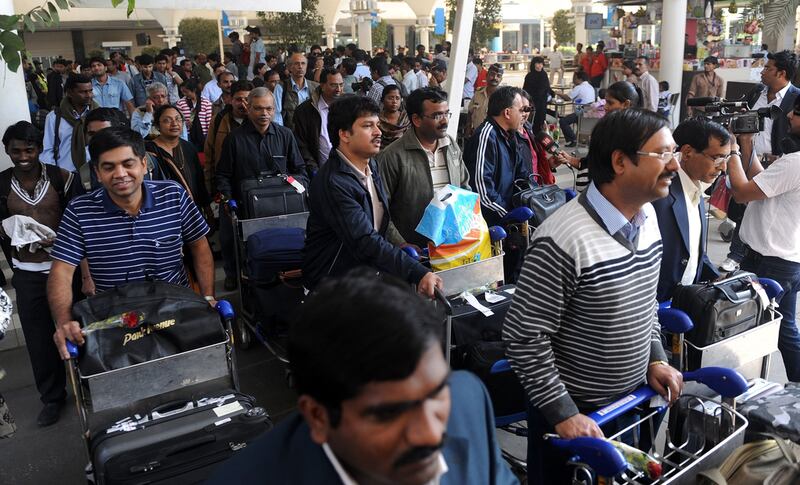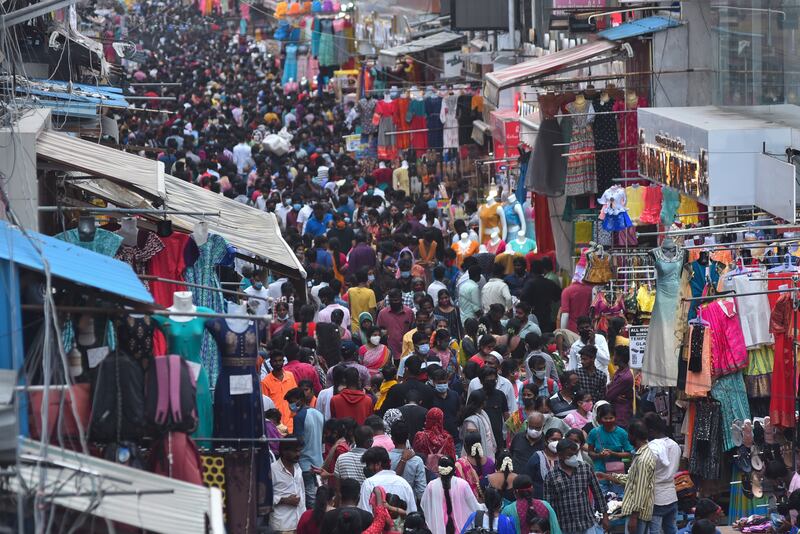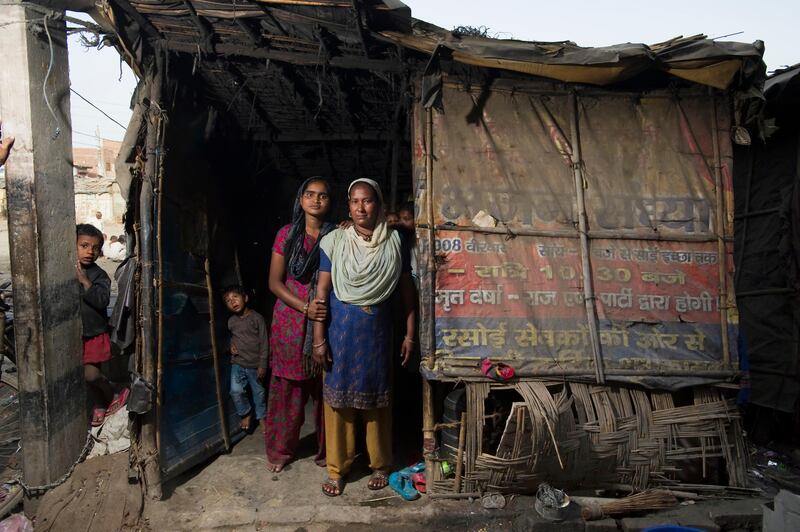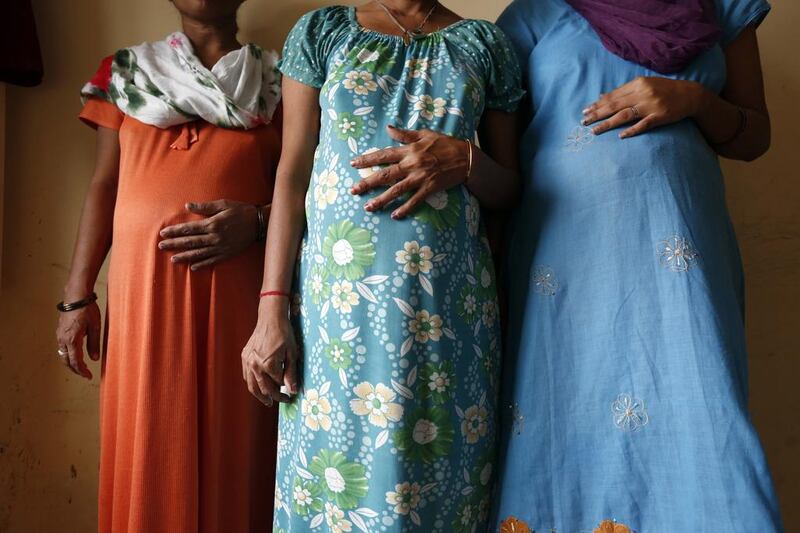A national survey revealed another decline in India’s fertility rate, triggering a collective sigh of relief in the world’s second-most populous country.
The survey’s findings spell good tidings for the economy of the 1.3-billion-person nation and are expected to lead to vast improvements in women’s health, with benefits felt around the world.
The fifth National Family Health Survey, released last month by India’s Ministry of Health and Family Welfare, showed the country’s total fertility rate – or the average number of children born per woman – had dropped to 2, down from 2.2 in 2015-16.
It included data from more than 600,000 households across the country, including interviews with 724,115 women and 101,839 men.
“India’s population problem is well known to the entire world and has been an issue for a long time,” Prof K S James, director at the International Institute for Population Sciences, the main agency that conducted the study, told The National.
“The world was looking at how are we going to manage the population. It impacts health and sustainability goals that India must achieve because a major part of the world’s population lives in India.”
Data showed that decades-long family planning programmes and government policies have begun to help to stabilise the population. Increased education of girls and women, leading to changed aspirations, contributed towards the decline in fertility rate.
The slowdown is more apparent in urban areas, where the fertility rate is 1.6 compared with 2.1 in rural areas.
UN figures indicate that when women in a given country have two children, on average, the population does not grow but stabilises.
The survey indicated India’s numbers have reached the replacement level of fertility, which means two parents have two children, a significant breakthrough.
“Overpopulation has been a concern for such a long time,” said Prof James, the study’s principal investigator.
“The target for the past several decades has been to reach a replacement level of fertility. Achieving that is a major milestone because this is good for women’s health, the economy and even the environment.”
Experts said literacy and the empowerment of women had a positive effect.
“They have information and now the other half have the knowledge of how the better half live,” said Poonam Muttreja, executive director of the non-profit Population Foundation of India.
“People’s aspirations have changed among the poor and young women, so it’s leading to change in social norms and behaviour.
“We will continue to need good-quality health, counselling services, greater access for the poorest women, and we need to invest more in their literacy and education.”
Large workforce
Despite the falling fertility rate, a substantial pool of adults able to work remains and is an advantage for recruiting companies worldwide.
“The demographic dividend stage will be felt immediately and will last for the next few decades,” Prof James said.
“This proportion of the adult population capable of working is about 60 per cent and will continue for many more years.”
The decline in fertility is spread evenly throughout the country. Twenty-nine states and union territories reported a fertility rate of 1.9 or less and for seven, it was under 1.6.
The findings ease worries about unstoppable population growth challenging the country’s development.
“What we have is a large working-age population, not just a large reproductive age group,” Ms Muttreja said.
“For the world, the numbers mean that India will have a large youthful population that [other] countries can take advantage of.
“There is an opportunity for nurses, teachers. In Europe and Japan, where there is a shortage of labour, these countries can source skilled and unskilled workers from India.”
Will India’s population overtake that of China?
Yes, but the pace of population growth will be slower.
The UN’s 2019 World Population Prospects report said that within a decade, India would race ahead of China to become the world’s most populous country.
It said India would have more people than China by 2027 and the gap would widen by 2050.
China and India account for about 37 per cent of the globe’s population of about 7.7 billion.
Experts say India will still become the most populous nation but the process may be slowed by a few years.
With the lower numbers comes a demographic shift to an ageing population. This is a concern the country will deal with way off in the future.
“This is a first step to a population stabiliser in the future. We expect the population growth rate will be around zero after 2060. This is not immediate, it takes time, it usually takes 30 to 40 years,” Prof James said.
What worked and what needs to change
Increased use of contraception (67 per cent of respondents said they used family planning methods compared with 54 per cent in 2015-16), and the involvement of women in decisions that affect the household helped reduce India’s fertility rate in the past few years.
The figures showed that the responsibility for contraception still lies with women, and the researchers said this needs to change.
Another improvement shown in the survey was a marked increase of nearly 90 per cent of deliveries in hospitals or health centres, as opposed to home births.
“That is absolutely a positive,” Ms Muttreja said.
“India has done well in terms of bringing down maternal and child mortality and one of the biggest reasons is institutional delivery. This is good for a woman’s and child’s health.”
The data also showed how more women had a say in household purchase and health decisions, more than 43 per cent own land or a home and a larger share of women have access to a savings account with a bank.
“These are strong indicators for advancement of women but not enough. It is a step in the right direction that women have a voice in decision-making,” she said.
“It shows how once women are given even a few opportunities they excel.”
Child and infant mortality continues to give cause for concern. Although the rate has fallen, the survey found that 42 per cent still died before the age of 5.
There was only a marginal improvement in children’s health, with malnutrition emerging as a recurring problem. It found that of children under 5, 35 per cent were stunted and 32 per cent underweight.
Policymakers will need to focus on anaemia, with an increase in the condition across all age groups.
Seven out of 10 children suffer from anaemia since the previous survey with iron deficiencies reported in an alarming 57 per cent of women and 25 per cent of men.
Food habits have also changed with increased urbanisation.
“Indians are eating less coarse grains and foods that are locally nourishing,” Ms Muttreja said.
“As if we didn’t have enough Indian junk food, we have added chips and pizza.
“Anaemia has been found in men and not just in women. There is also a matter of poverty and food inflation. Food prices have increased. People have not been able to eat healthy and enough.”

